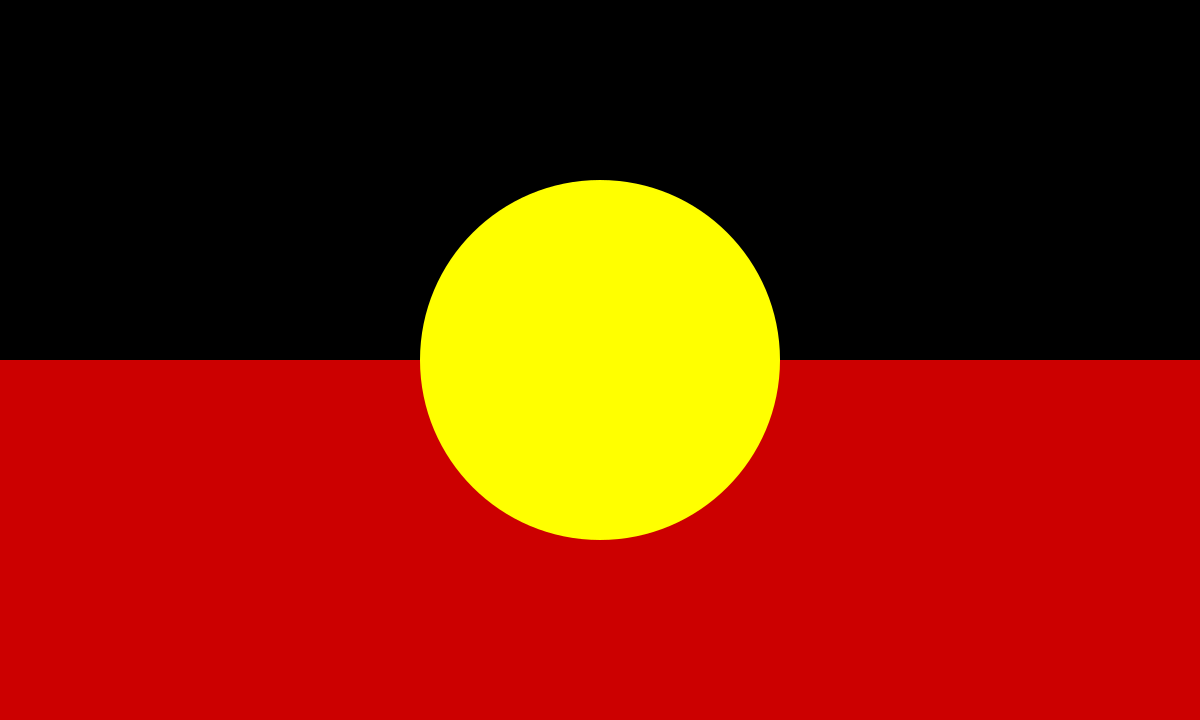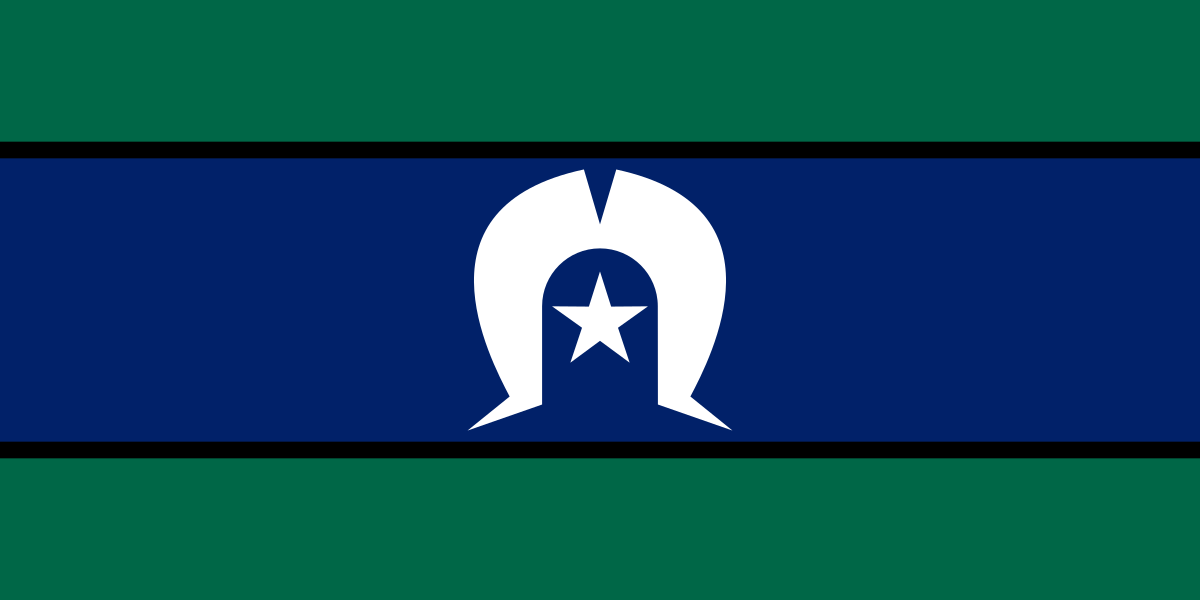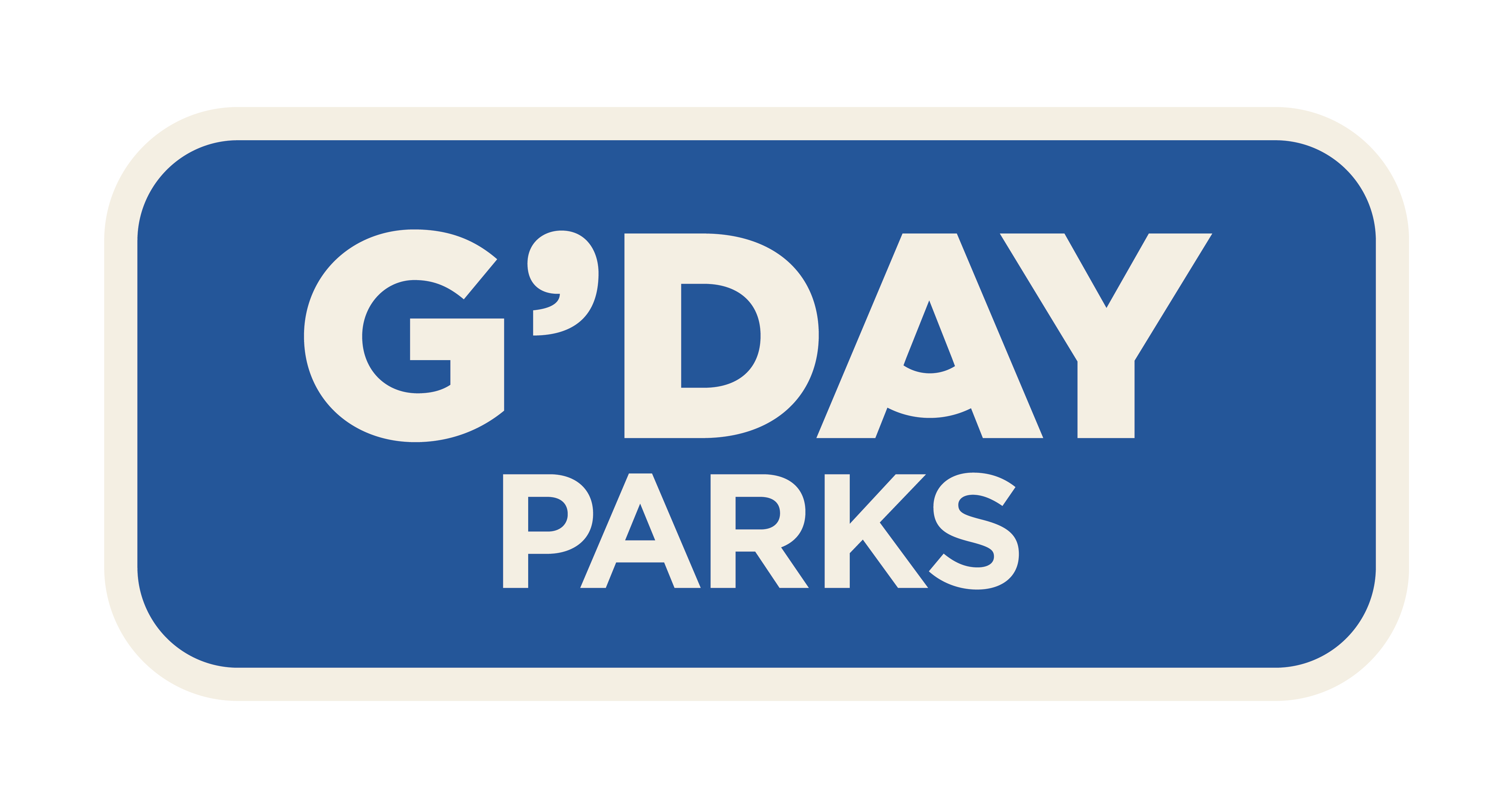Australia is home to a wealth of iconic animals, from cuddly favourites to egg-laying mammals to big critters with bite! Given we have some of the most unique and diverse wildlife you won't find anywhere else in the world, no matter where you go, there’s sure to be something interesting to see in Australia’s animal kingdom. If you’re looking to cross off some big names on your animal bingo card, read on for our picks of the best places to see famous Australian animals…
DINGO - K'gari (Fraser Island), QLD
K'gari/Fraser Island is home to one of the country’s purest dingo populations, which makes it a pretty special place. Even after the recent bushfires which threatened the animal population, experts say there are good dingo numbers on the island, making it one of the best places to spot our native wild dog. You’ll want to look but not touch—dingoes are definitely not the same as your domestic doggies and can be highly unpredictable.
Did you know? Australia’s dingo fence stretches over 5,000km from SA to Queensland, making it one of the longest structures in the world.
Find these animals near:
Tin Can Bay Tourist Park
Discovery Parks - Fraser Street, Hervey Bay
Fraser Coast Holiday Park

KANGAROO - Kangaroo Island, SA
Arguably the most famous Aussie animal of all, the kangaroo can be spotted just about anywhere across the country, but how can we go past a location named after these iconic creatures? Kangaroo Island kangas are a little stockier and shorter than their mainland friends, but you’ll be hoppy to know that your chances of seeing them are very high, with an estimated island population of 65,000. Kangaroo Island is a 45-minute ferry ride from mainland South Australia and well worth the trip to see these icons of Australian wildlife!
Did you know? Kangaroos can leap more than 9m in a single bound.
Find these animals near:
Discovery Parks - Kangaroo Island

KOALA - The Otway Coast, VIC
Australia’s answer to the teddy bear (though not a bear at all), koalas are much loved for their cuddly appearance and sleepy nature. While koala populations have suffered over the years for various reasons, including natural habitat destruction and bushfires, and are now an endangered species, these wild animals can still be seen munching on eucalyptus leaves along southern and eastern Australia. Our top pick for koala sightings is the Otway Coast region of the Great Ocean Road, where local koalas love the masses of manna gums and blue gums. Always remember to look up and look out for their fluffy ears!
Did you know? Koalas sleep up to 18 hours per day.
Find these animals near:
Apollo Bay Holiday Park
Lorne Foreshore Caravan Park

LITTLE PENGUIN - Philip Island, VIC
Phillip Island has the biggest colony of little penguins in the world, with somewhere in the region of 32,000 birds calling the island’s waters home. Watch the famous ‘penguin parade’ from the observation boardwalks at Phillip Island Nature Park at dusk, as these flightless birds emerge from a long day at sea to waddle back to their burrows. There are different tour options, from general viewing to informative guided talks running throughout the year. These little penguins pack a big dose of cuteness!
Did you know? Little penguins are world’s smallest penguin species, weighing in at just 1kg!
Find these animals near:
Anchor Belle Holiday Park

QUOKKA - Rottnest Island, WA
Hop on the ferry from Fremantle to Rottnest Island and you’re bound to encounter the famous quokka! The largest population of these friendly marsupials is found on the island, so they are easy to spot (especially in the mid to late afternoon). Take a guided walking tour through their habitat to learn some interesting quokka facts. Sometimes called the ‘happiest animals in the world’, these little guys are known for their smiles so make like a Hemsworth and pack your selfie stick to get a #quokkaselfie.
Did you know? Rottnest Island was named after the quokka when Dutch explorer Willem de Vlamingh mistook these little critters for giant rats.
Find these animals near:
Discovery Resorts - Rottnest Island

SALTWATER CROCODILE - Kakadu, NT
The apex predator of Australia, saltwater crocs are at home in Top End waterways from Broome to Townsville, but our favourite place to see their sharp claws from a safe distance is in the NT’s Kakadu National Park. There are two river cruises to choose from to get up close and personal or safe platforms to spot them from afar, plus plenty more nature and cultural experiences to enjoy in this fascinating location. The dry season is the best time to go, especially August to November.
Did you know? Saltwater crocs can live up to 80 years.
Find these animals near:
Discovery Parks - Darwin
Riverview Tourist Village

SEA TURTLE - Southern Great Barrier Reef, QLD
Six of the world’s seven marine turtle species can be found on the Great Barrier Reef, with green turtles being the most common. With heaps of sandy beaches and islands, the Southern Great Barrier Reef regions offer a range of activities and tours to get acquainted with these iconic creatures, including scuba diving, snorkelling, and cruises. The best time to go is during the warmer months; turtles nest from November to January, with the spectacular turtle hatching season from January to April.
Did you know? It’s estimated that only one out of 1000 sea turtle hatchlings survives to adulthood.
Find these animals near:
Discovery Parks - Coolwaters, Yeppoon
Fisherman's Beach Holiday Park

TASMANIAN DEVIL - Tasmania
You can’t beat seeing a Tassie Devil in Tasmania! These nocturnal scavengers sometimes get a bad rap thanks to the European settlers who called them ‘devils’ due to feisty behaviour and aggressive eating. Tasmanian Devils used to be native to mainland Australia, but now you’ll only find them in the wild if you take a trip to Tassie. Endangered and solitary, they can be tricky to spot, so your best bet is heading to the Tasmanian Devil Unzoo in Taranna or Bonorong Wildlife Sanctuary just north of Hobart.
Did you know? Tasmanian Devils are the largest carnivorous marsupial in the world.
Find these animals near:
Discovery Parks - Hobart

WHALE SHARK - Ningaloo Reef, WA
If we’re talking bucket list experiences, you can’t go past seeing the world’s biggest fish at WA’s Ningaloo Reef. Just over three hours from Carnarvon, this world-heritage listed location is one of the only places where whale sharks are regularly observable close to shore, and you can make incredible memories with a cruise, swimming, or diving adventure to remain underwater alongside these gentle giants of the deep. Tours run from March to September.
Did you know? A whale shark’s mouth can open four feet wide, but they can’t bite or chew.
Find these animals near:
Capricorn Holiday Park

WOMBAT - Cradle Mountain, TAS
The lovable common wombat can be found throughout Tasmania, but they are known to be especially thriving in the Cradle Mountain - St Clair National Park wilderness. Powerful diggers and fans of a good nap, wombats sleep for up to 16 hours a day in their burrows, but you are likely to spot them when they head out to forage for a meal at dusk. These wombats aren’t often spooked by tourists and are usually found in open grasslands and close to the park’s roads, so be sure to drive carefully.
Did you know? Wombats have cube-shaped poop!
Find these animals near:
Discovery Resorts - Cradle Mountain

Ready to see Australian wildlife on your next getaway? These top 10 famous animals in Australia are just the beginning.
Our island continent is home to incredible native species, from the sharp teeth of a Tasmanian devil to a baby echidna waddling through a wildlife park in New South Wales. All around Australia, you'll find G'day Parks on the verge of beautiful national parks and natural habitats unlike anywhere else in the world. Who knows—you might find emus wandering through the park or koalas in the eucalyptus trees above?
Book your Aussie animal getaway today!




